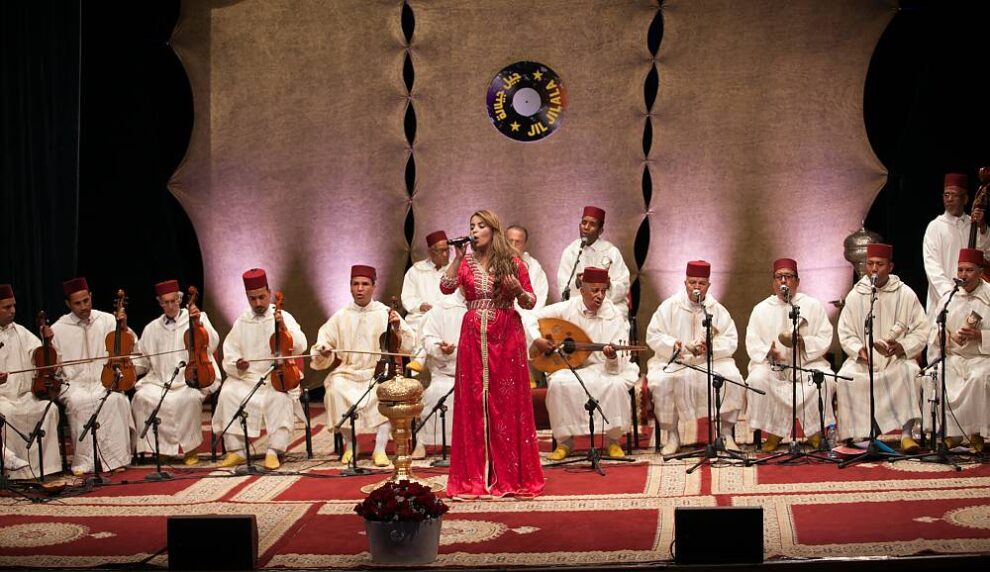Rabat – The Moroccan Culture Ministry celebrated the decision of the Intergovernmental Committee for the Safeguarding of the Intangible Cultural Heritage of UNESCO, to approve the Moroccan request to add Malhoun on the representative List of the Intangible Cultural Heritage of Humanity.
As it celebrated the news, the ministry stressed that this registration is an international recognition of an authentic Moroccan heritage that is a significant source of Morocco’s rich artistic traditions and a key element of the country’s cultural identity.
“UNESCO’s international recognition of this artistic component is also a consolidation of the efforts made by the Kingdom of Morocco, under the leadership of his majesty King Mohammed VI, may God assist him in the preservation and conservation of Morocco’s cultural heritage,” the ministry added.
Samira Malizi, the Secretary General of the Department of Culture expressed satisfaction with the committee’s decision to register Malhoun on the intangible cultural heritage list.
Malhoun is an art form present in various regions of the Moroccan national territory and is a fundamental symbol of Moroccan cultural heritage.
The application presented to UNESCO candidacy committee, Malhoun is an ancient Moroccan poetic musical expression originated from the Tafilalet region in the southeast of Morocco, where it first developed within the zaouias, Islamic religious schools of the region, gradually spreading to major cities.
Through these cities it was mainly embraced and performed within the artisan guilds of the ancient cities.
Morocco has for years worked through bids to give Malhoun a place among humanity’s cultural heritage.
For Morocco, the art of Malhoun is not only an artistic practice but is also linked to the stages of the history of Morocco as it continues to impact the different aspects of modern life in the North African kingdom.
The country commemorates Malhoun through different events, including festivals and events dedicated to the art.
The art of Malhoun is performed by collective groups of artists, each with their own instrument,
The instruments are mostly dominated by kamanja, or the violin, in addition to oud, or the short neck lute type, and small taarija, a Moroccan membranophone.
The music, however, is not complete without sung poetry or qasida.
The addition of Malhoun to the intangible list comes a few years after the inclusion of Moroccan Gnawa Music.
UNESCO added the centuries-old music after Morocco submitted its file in September 2018.
Gnawa music infuses poetry and traditional music along with dancing.
Source : Morocco World News











